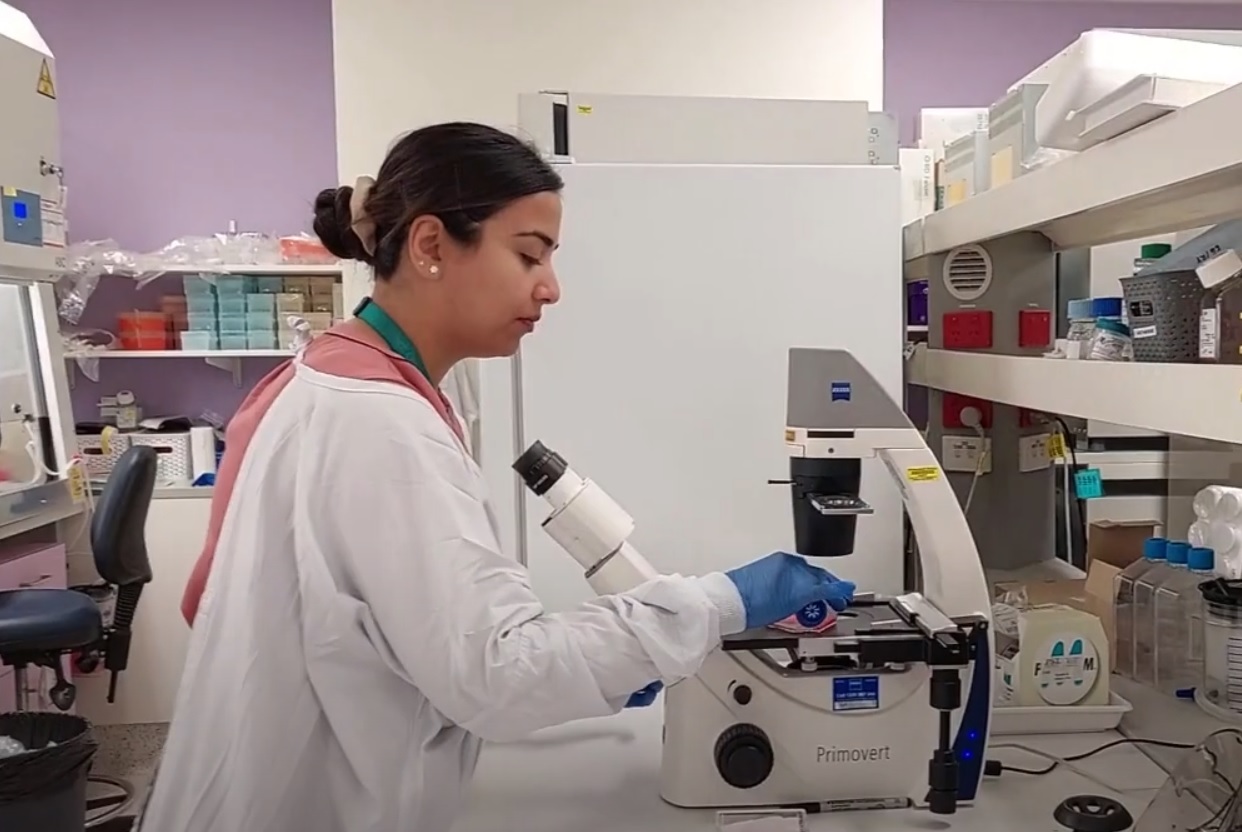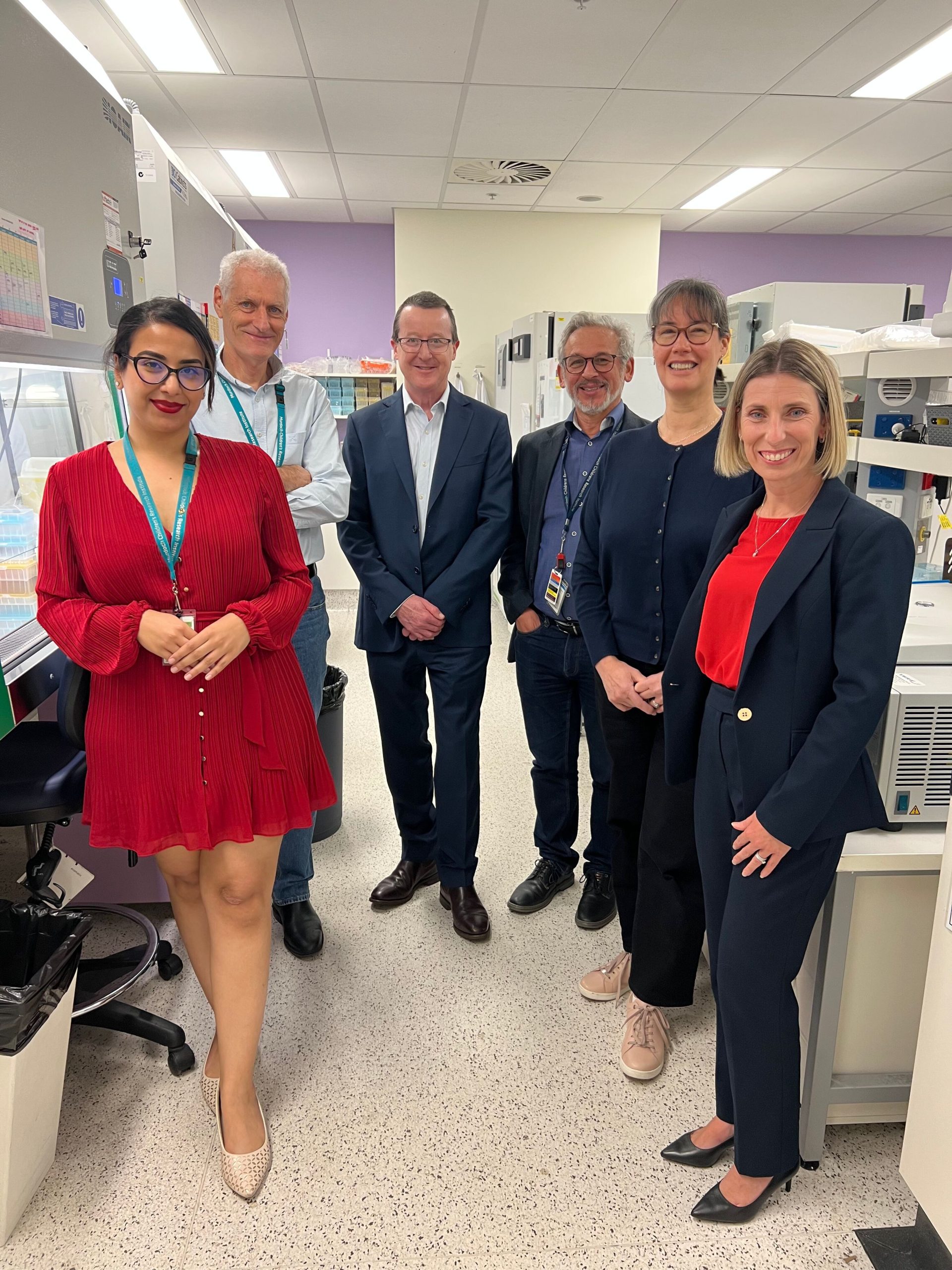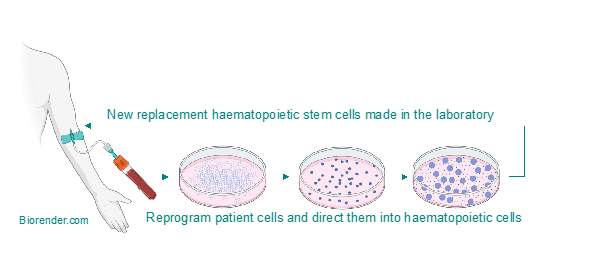Ground-breaking research into the generation of haematopoietic stem cells (HSCs).

We are excited to announce the extension of the Arrow/Hawkesbury Canoe Classic PhD Scholarship for Ritika Saxena for another year so that she can continue with her ground-breaking research into the generation of haematopoietic stem cells, or HSCs as they are often called.
There are two sources of cells for bone marrow or stem cell transplant patients: you either harvest them from the patient themselves (for what’s known as an autologous transplant) or you harvest them from a donor (known as an allogeneic transplant).
But if researchers like Ritika have their way, this may well change in the future. Let’s dive into Ritika’s work so you can see how truly amazing it is.

Ritika’s research
Ritika is interested in the development of blood stem cells. Specifically, she’s interested in deciphering how pluripotent stem cells can be made to develop into haematopoietic stem cells in the lab.
Confused yet?
Let’s start with some definitions:
Stem cells:
Stem cells is an umbrella term used to refer to cells that can divide and create new cells, but some stem cells are limited in the type of cell they can become.
Pluripotent stem cells:
Pluripotent stem cells are a type of stem cell with the potential for developing into many different types of cells within the body. They’re as yet uncommitted, which is a bit like saying they’re young cells that haven’t yet decided what they want to be when they grow up. When an embryo is developing, it starts from a ball of a few pluripotent stem cells. That ball of pluripotent stem cells divides multiple times and, as development continues, it starts allocating certain cells to become different parts of the embryo until eventually we have the full baby.
Haematopoietic stem cells:
Haematopoietic stem cells (blood stem cells or HSCs) are rare stem cells in the embryo that have already decided they’re going to develop into blood cells. HSCs have the potential to develop into all kinds of blood cells; they might become red blood cells, white blood cells (divided into B and T lymphocytes, neutrophils and other myeloid cells), and platelets… all the components of the blood that the growing embryo needs. The pool of haematopoietic stem cells expands before birth and some of these cells will go on to live in the bone marrow ‘in reserve’ to provide a source of new cells as they are required throughout the person’s life.
How does a pluripotent stem cell ‘decide’ what it’s going to become?
The process of a pluripotent stem cell committing (deciding what it wants to be when it grows up) is governed by chemical signals that determine what part of the embryo it will become. This process is what Ritika is exploring in her research.
What Ritika’s research is attempting to do:
Ritika is working with donated cells from adults that have been reprogrammed or ‘tricked’ into thinking they are going back in time, making them pluripotent once more. (Amazing, right?)
She’s taking these reprogrammed cells and seeing if she can mimic the processes that tell a pluripotent stem cell that it should become a haematopoietic stem cell, which can then make daughter cells that continue to divide to eventually form millions of all types of blood cells.
What does that mean for people needing a bone marrow transplant in the future?
Here’s where it gets really cool!
At the moment, many people who need a bone marrow transplant need to find someone who can donate haematopoietic stem cells to them. Finding matched donors is not an easy task, and even when a donor is found, there is still a risk of graft versus host disease (GvHD) where the donor’s cells treat the patient’s cells as a foreign threat, and begin to attack the patient. GvHD can be chronic, and something to be managed over time, but it can also be life-threatening.
If scientists like Ritika can consistently and reliably direct pluripotent stem cells, into becoming HSCs, then it may one day be possible for a person who needs a bone marrow transplant to simply donate their own cells — like a skin biopsy, for example — and have their own cells ‘tricked’ into reverting back to pluripotent stem cells and then guided into becoming blood stem cells. These cells would then be what they would use for their own highly personalised stem cell transplant, eliminating the risk of GvHD.
And that is amazing!

Ritika’s progress in this work is astounding. Under the supervision and direction of stem cell experts Professor Andrew Elefanty, Dr Elizabeth Ng and Professor Ed Stanley, the lab team has already successfully differentiated pluripotent stem cells into blood cells that very closely resemble normal human haematopoietic stem cells, and has shown these lab generated cells can successfully engraft in mice, producing the normal range of blood cell types.
But don’t get too excited just yet: there is still a long way to go. Engraftment isn’t always consistent, so there is more work needed to understand the reasons that it sometimes works, and sometimes doesn’t. The protocol Ritika’s lab has generated will need more work to generate a robust, efficient, and consistent supply of HSCs. After that, there will need to be a lot of testing to determine the safety and efficacy of such treatments, and then work would need to be done on making such a process affordable and scalable. But one day, all these steps will hopefully lead to having this new therapy option available for patients in the clinic.
So, the process is still in its infancy, but progress is being made, and the stem cell transplants may well be set to become a whole lot easier on patients in the future thanks to Ritika and researchers like her around the globe.
_______________________________
Ritika Saxena is a PhD Candidate at the Murdoch Children’s Research Institute through the University of Melbourne, a part of the Novo Nordisk Foundation Center for Stem Cell Research (reNEW) and the recipient of an Arrow Hawkesbury Canoe Classic PhD Scholarship. If you have any questions about our scholarships, or you’d like to support groundbreaking research like this in the future, please contact us.
